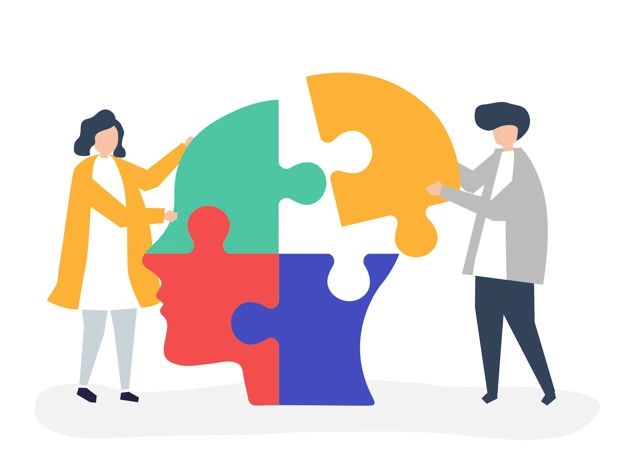Transcultural Psychiatry
Volume 14 Issues 1 January, 2024

M.Phil Clinical Psychology Trainee (2nd Year)
Amity Institute of Behavioural and Allied Sciences
Amity University Chhattisgarh
In the quiet sanctuary of the therapy room, every decision has the power to influence the delicate dance of healing. Even the smallest details, like what we choose to wear, can shape the emotional connection between therapist and client. Among the most debated symbols of our profession is the white coat—a garment that carries both reverence and controversy. But what does it mean in the context of therapy? Can it be a bridge, or does it create an unintentional barrier?
For some, the white coat offers comfort, reassurance, and a sense of authority. Meera, one of my clients, came to therapy broken by the aftermath of a traumatic experience. As she sat across from me, her eyes were full of fear. But when she saw the white coat, a visible sigh of relief escaped her. It took her back to her childhood, when a visit to the doctor’s office meant safety and care. “I felt like someone could finally help me,” she whispered. For Meera, the white coat became a beacon of hope. In that moment, it wasn’t just a piece of clothing—it was a bridge to trust and security, something solid to hold onto in her emotional storm.
But not every client sees the white coat in the same light. Rajesh, another client, entered the therapy room and instantly recoiled. His life had been marked by countless hospital visits, where the white coat represented cold, clinical detachment. As he shared his story, it became clear that the coat evoked memories of sterile environments, where he felt more like a patient to be treated than a person to be understood. “It felt too much like a doctor’s office. I was here to talk about my feelings, not to be examined,” he said, his voice trembling. For Rajesh, the white coat became a barrier, a wall that separated him from the deep, human connection he so desperately needed.
This stark contrast between Meera and Rajesh’s experiences highlights a universal truth in therapy—each client brings with them a world of personal associations. What feels like comfort to one can feel like distance to another.
Then, there was Ravi, a client who saw the coat with indifferent eyes. For him, it wasn’t the coat that mattered but the connection. “The coat didn’t make a difference,” he said thoughtfully. “What mattered was how my therapist made me feel. His kindness, his understanding—that was what I needed.” Ravi’s story serves as a poignant reminder that while the white coat might carry meaning, it is the human behind it that truly shapes the therapeutic experience.
As clinicians, our role is not just to treat but to attune ourselves to the unspoken needs of those who seek our help. The white coat, for all its symbolism, is just one piece of that puzzle. For some clients, it can be the bridge that leads them toward healing, offering reassurance and professionalism. For others, it may unintentionally close them off, evoking clinical detachment when what they crave is warmth and empathy.
There is no definitive answer. The white coat may act as a bridge or a barrier, but it’s our sensitivity to each client’s unique perspective that determines its true role in the therapy room. Whether we wear the coat or leave it behind, the key lies in our ability to create a space where our clients feel safe, seen, and supported.
As therapists, our task goes beyond the tools we use or the attire we choose. It’s about recognizing the small, often overlooked moments that define our clients’ healing journeys. Sometimes, the most profound connections are made not through the symbols of our profession, but through the quiet understanding that we are walking alongside them, not just as clinicians, but as fellow human beings.

